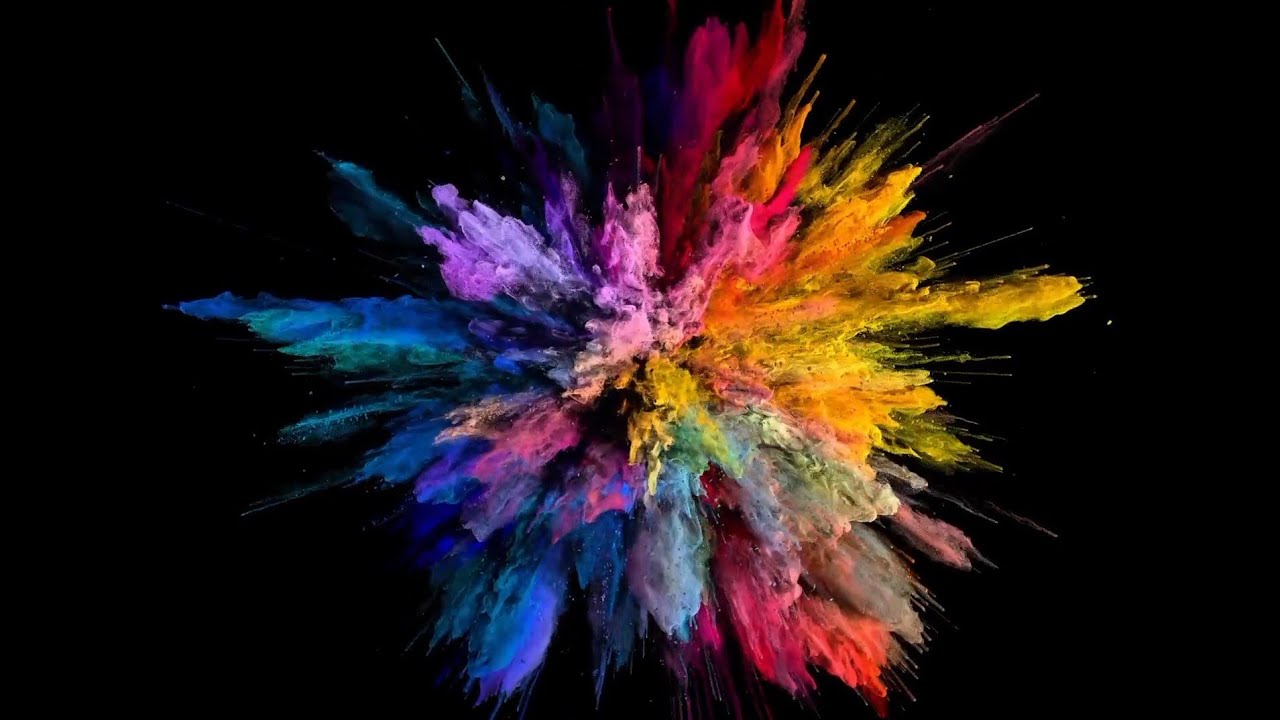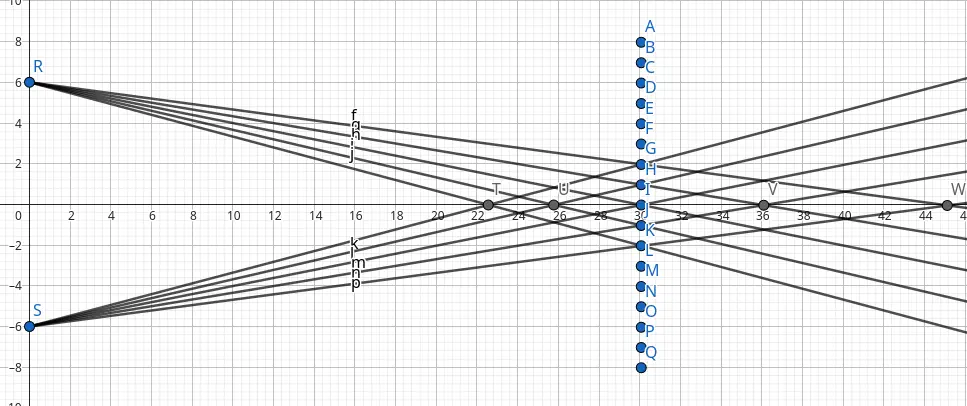Sure looks nice, but that sauna can’t produce an adequate heat. The benches are way too low and the heater is utterly undersized. One’s feet would be getting cold even with a heater five times the volume of that one.
Also yeah they should try having less money.




The difference between a sauna and an oven is that the heat is transferred from the heater into the air by pouring water onto hot stones, which then boils off and carries its heat and humidity into the air. The rocks have to be hot and have sufficient heat storage capacity to also stay hot even if more water is thrown at once. Having a hidden main heater would be a huge hassle to get the humidity right with some automated system, while also taking away the fun of throwing the water yourself.
Since the hot steam rises up, the benches should be up high enough that people can ideally get their feet above the surface of the stove. Hot air rises up, but the temperature gradient isn’t completely smooth. The rising steam mixes the air around a bit, so below that the air doesn’t mix all that well and the heat drops much faster the lower you get.
In this one, your entire lower half is in that significalntly colder air and the vast space above you is where the heat escapes to, far from your skin where it’s no use to anyone.